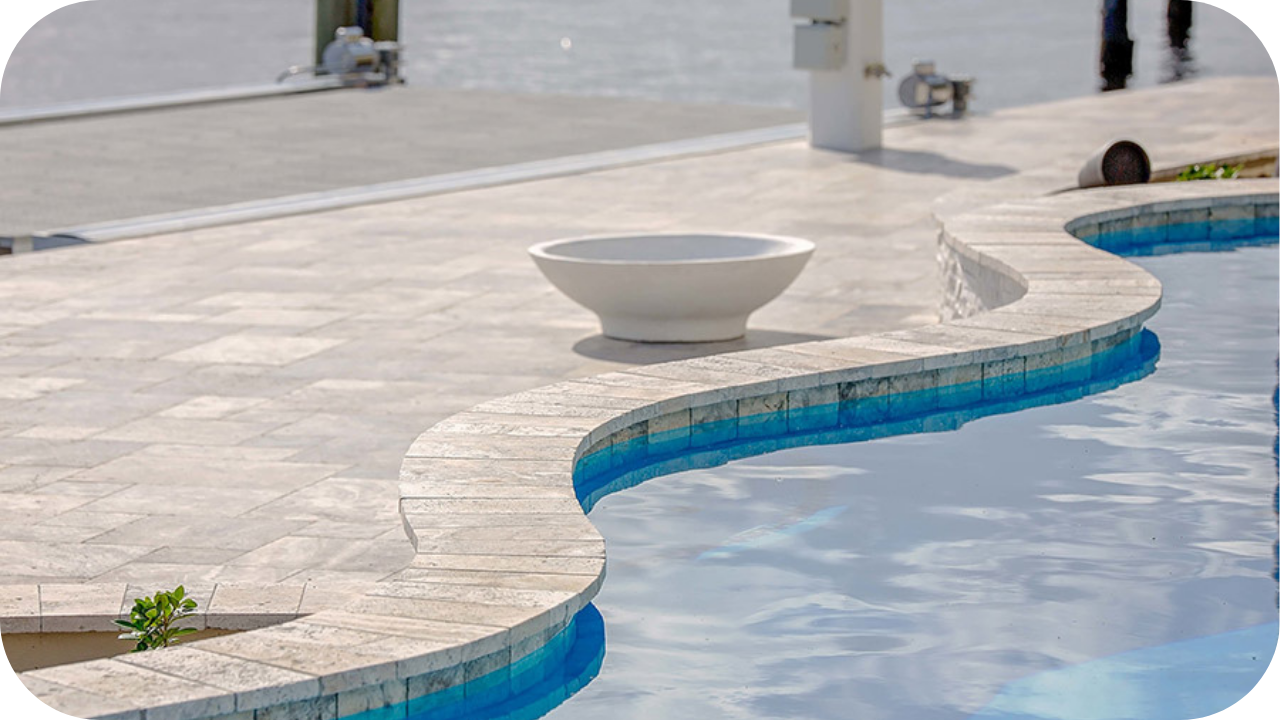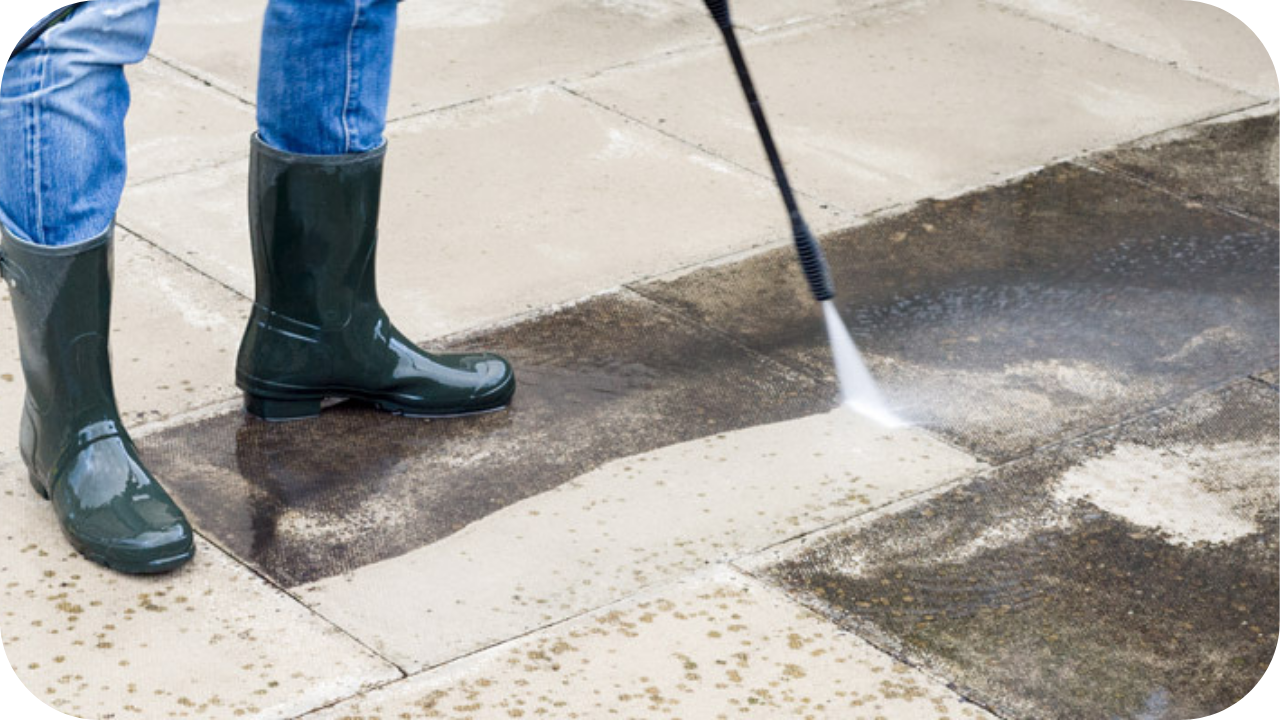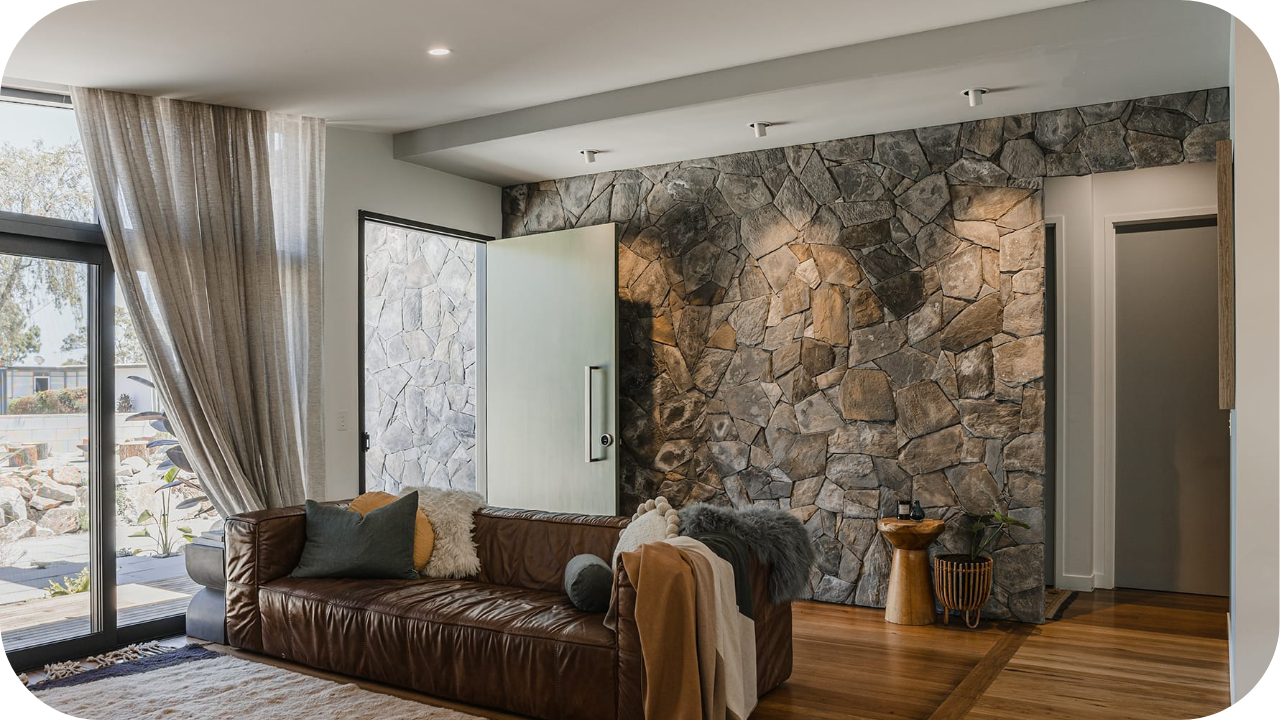
When designing a pool area, selecting the right coping stone is essential for both functionality and aesthetics.
Pool coping not only defines the edges of your pool but also ensures its durability by preventing water damage and enhancing safety. Whether you’re looking to achieve a sleek, modern look or a more rustic, natural feel, the right stone can elevate your space.
This article will guide you through the key considerations for choosing pool coping stones that offer the perfect balance of safety, style, and lasting performance.
What Is Pool Coping and Why Does It Matter?
Pool coping is the stone or material that frames the pool, serving both protective and aesthetic functions.
It prevents water from spilling over, safeguards the pool’s structure, and reduces debris entering the water. The choice of stone also plays a critical role in the pool’s longevity, protecting it from water damage and environmental wear.
Additionally, pool coping enhances the overall appearance, framing the pool and blending it seamlessly with the rest of the outdoor space, ensuring both function and style.
Top Natural Stone Options for Pool Coping
Choosing the right stone for your pool coping is essential for creating a durable, stylish, and functional outdoor space. Below are some of the best natural stones to consider for your pool coping, ranked by merit.
1. Bluestone Coping
Bluestone is known for its exceptional durability and excellent thermal properties, making it perfect for pool coping. Its textured surface enhances grip while its natural tones bring a contemporary and stylish edge to modern pool designs.
2. Granite Coping
Granite is a premium, robust, and weather-resistant stone, ideal for high-end pool areas. Its durability, along with a polished finish, offers an elegant and timeless appeal, making it a popular choice for those seeking both strength and style.
3. Limestone Coping
Limestone provides a cool underfoot feel and a refined, natural look. Its smooth surface and earthy tones make it a versatile choice for both modern and traditional pool designs, offering a timeless aesthetic and excellent functionality.
4. Quartzite Coping
Quartzite is a dense, resilient stone that resists scratching, fading, and weather damage. Its refined finish and variety of colours make it a stylish and durable option for pool coping, although it can be more expensive than other stones.
5. Travertine Coping
Travertine warm tone and textured surface makes it a classic choice for poolscapes. It adds a luxurious, timeless quality to Mediterranean and tropical designs, though it requires occasional maintenance to preserve its pristine appearance.
6. Porphyry Coping
Porphyry is a distinctive, durable stone with a rich colour palette. Though less commonly used for pool coping, its unique texture and appearance make it a perfect choice for those seeking something different, adding character to pool areas.
Essential Qualities of Good Pool Coping Stones
When selecting pool coping stones, it’s crucial to consider certain qualities that ensure long-lasting, functional, and beautiful pool edges. These factors will help you choose the perfect coping for your pool.
1. Safety in Wet Areas
A textured stone surface improves traction around the pool, preventing accidents in wet areas. Stones like bluestone and granite offer stability and reliability, combining safety with visual appeal for poolside areas.
2. Durability Against Weather and Pool Chemicals
Pool coping stones must withstand harsh weather, UV exposure, and pool chemicals. Stones like granite and quartzite are known for their durability, ensuring your coping retains its integrity over time in all conditions.
3. Visual Appeal and Style Flexibility
The right stone enhances the pool’s overall aesthetic. Stones such as limestone and travertine bring natural colour variations and textures, offering flexibility in design and making them perfect for modern or classic poolscapes.
4. Low Maintenance Requirements
Choosing stones that require minimal maintenance ensures your pool area stays looking great with less effort. Stones like granite and bluestone need only occasional cleaning and sealing, making them ideal for hassle-free pool areas.
5. Resistance to Staining and Wear
Select stones that resist staining from pool chemicals or organic elements. Travertine and quartzite are excellent choices, offering long-lasting beauty while maintaining their appearance even in high-traffic, wet environments.
Types of Coping Profiles to Consider
The profile of your pool coping plays a key role in both its functionality and aesthetic appeal. Here are different coping profiles to consider, each offering unique visual and practical benefits for your pool.
1. Bullnose Coping
Bullnose coping features a rounded, smooth edge that offers a sleek, modern look. This classic profile is ideal for softening sharp lines and adding a polished finish, making it a popular choice for both contemporary and traditional designs.
2. Drop Edge (Rebated) Coping
Drop edge coping has a profile that extends beyond the pool’s edge, creating a clean, defined look. This style adds depth to the poolside and is particularly suited for pools with raised walls or spas.
3. Pencil-Round Coping
Pencil-round coping features a subtle rounded edge, providing a soft, smooth finish without a bold curve. It offers a refined, minimalist look and is perfect for pools in modern or understated designs.
4. Square Edge Coping
Square edge coping offers a crisp, straight finish that works well for modern, geometric designs. It creates a sharp, clean line along the pool’s edge, offering a minimalist and contemporary aesthetic.
5. Tumbled Coping
Tumbled coping has a weathered, rustic look with softened edges, making it ideal for creating a vintage or natural feel. It’s perfect for pool designs with a more relaxed, organic style and a traditional appeal.
Expert Design Tips for Balancing Functionality and Style in Pool Coping
Finding the right balance between functionality and aesthetics is key to choosing the ideal pool coping. Here are some tips to help you create a pool area that looks great and performs well.
1. Harmonise with Paving, Waterline Tiles, and Decking
Ensure your pool coping complements the surrounding paving, waterline tiles, and decking materials. By matching colours, textures, and finishes, you’ll create a cohesive, unified look that enhances the overall pool design.
2. Consider Stone Sizes and Laying Patterns
Choosing the right size for your pool coping stones is crucial. Larger stones can create a more seamless, modern look, while smaller stones allow for more intricate patterns. Consider layout options like geometric or random designs.
3. Frame the Pool with a Defined Edge
Use coping to define the edges of your pool, creating a clean, sharp boundary between the water and surrounding landscaping. A well-defined edge helps highlight the pool and makes it the focal point of the outdoor space.
4. Mix Different Textures for Visual Interest
Combining different textures, such as honed bluestone with rougher travertine, can create depth and contrast. This technique adds visual interest to your pool area, giving it a unique, dynamic look while maintaining harmony in the design.
5. Match Coping Style to Pool Shape
The shape of your pool should guide your coping choice. For freeform pools, consider curved coping to complement the organic design, while rectangular pools pair well with clean, straight-edged coping for a sleek, modern look.
Maintenance Tips for Pool Coping Stones
Proper maintenance ensures your pool coping stones remain in excellent condition, preserving both their appearance and functionality. Here are essential tips for keeping your pool coping looking great for years.
- Regularly clean with a soft brush: Use a soft-bristled brush to remove dirt, leaves, and debris from the surface. Avoid abrasive cleaning tools that could damage the stone’s finish over time.
- Use a pH-neutral cleaner: When cleaning stains or grime, opt for a pH-neutral cleaner. Harsh chemicals can damage the stone and its finish, so always choose gentle cleaning solutions suitable for outdoor stone.
- Seal your stones annually: Apply a high-quality sealer to protect your coping stones from moisture, chemicals, and staining. Sealing your stones once a year will keep them looking pristine and help prolong their lifespan.
- Address stains promptly: For tough stains like oil or organic material, treat them immediately using appropriate stone-safe cleaning products. The quicker you act, the easier it will be to prevent lasting damage.
- Check for damage regularly: Inspect your pool coping stones periodically for cracks, chips, or loose pieces. Promptly repair any damage to prevent further deterioration and ensure your pool remains safe and visually appealing.
- Maintain drainage: Ensure water flows away from the coping stones, preventing pooling or excessive moisture buildup. Clear gutters and maintain proper slope around the pool area to protect your stones from long-term damage.
Conclusion
Choosing the right pool coping stones is crucial for a safe, durable, and stylish pool area. With the right materials and proper maintenance, your pool coping will enhance your outdoor space for years.
Whether you prefer bluestone, travertine, or custom options, the right coping complements your pool’s design.
Contact Splendour in Stone today to explore premium coping stones and start planning your perfect pool project.
More To Explore

How to Maintain Limestone Pavers for Long Term Surface Quality
Limestone is a favourite choice for Australian outdoor spaces because its soft texture and natural warmth bring a relaxed, timeless feel to patios, pathways, and

Best Feature Wall Materials Compared for Contemporary Home Designs
Many homeowners struggle to choose the right feature wall material, even though more than 70% of modern homebuyers say a standout wall boosts visual appeal


